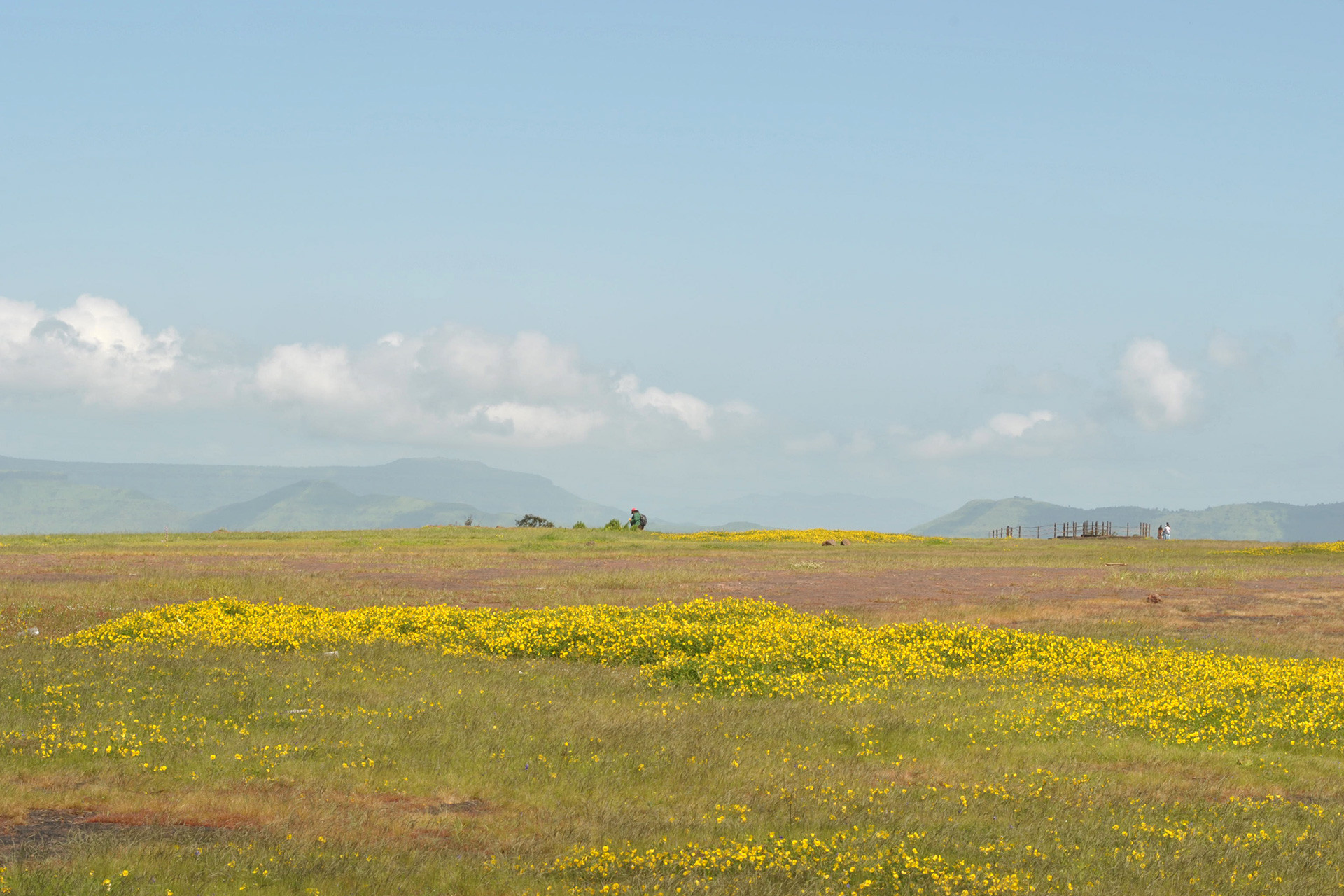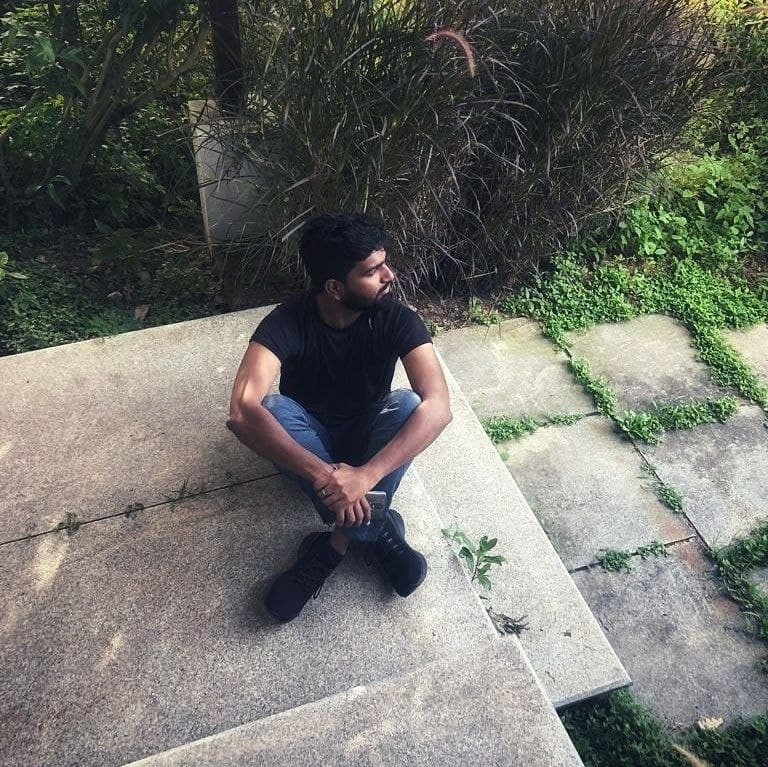Featuring Panchgani Tableland in the North Western Ghats Moist Deciduous Forests ecoregion.
“Oh, but the Panchgani Tableland is dead. I feel very sad that it is dead.” Ecologist Aparna Watve’s pained acknowledgement of the plight of Panchgani, the flat laterite-topped plateau in the Satara district of Maharashtra, during a meeting with the stakeholders in 2012, earned the ire of a senior resident. “She got visibly upset,” Watve recalls and remembers every word of the impassioned rhetoric. "'Why are you saying that? This is the place I grew up in. I know it's bad right now, but that's why we have come to you. You are scientists, and we think of you as doctors. If a patient is brought to a doctor, will they say, oh, but he or she's going to die?’” The elderly woman’s heartfelt words left a deep impression on Watve. “It was our great learning. However dire the situation, we have to keep trying. Especially in restoration [where results take years and decades to show]!”
A decade later, it is the dedicated work of Aparna Watve and several others that has resulted in the Panchgani Tableland being legally protected as a Natural Heritage Site and Conservation Zone of Maharashtra. Today, the lateritic plateau is thriving with life, but the journey here has been long and arduous, to put it mildly.
The Panchgani Tableland or Asia Plateau has been a popular tourist destination ever since it was developed into a summer resort and retirement home for the British in colonial India, owing to its pleasant weather throughout the year. Later on, through the 60s and 70s, Panchgani became a staple shoot location for Bollywood romantic songs, catapulting the hill station to the forefront of holiday destinations for Indians. "It remains at the heart of colonial, post-colonial and contemporary modern Indian culture. Even today, you can see people making TikTok videos on the plateau. It is just a beautiful place," says Watve.
Spanning just 100 acres, the Panchgani Tableland accounts for a small area. But it is home to more than fifty endemic species of flora and fauna, owing to their evolution in the extreme environmental conditions prevalent on the plateau. Panchgani's unique biodiversity boasts rare flowering plants, ferns, lichens, and even fauna, such as the newly described fairy shrimp crustacean Streptocephalus sahyadriensis, found in the ephemeral rock pools of the plateau. "Panchgani is a fine example of a lateritic plateau habitat in the Northern Western Ghats. Its unparalleled unique biodiversity and aesthetic values make it a very special place to conserve," explains Watve. Sadly, many of the endemic plant species of Panchgani are already listed as threatened by the Botanical Survey of India.
Ever since the late 90s, the plateau has been caught in a legal struggle for its unique biodiversity to be conserved and preserved. By then, tourism, both unplanned and extortive, had taken a heavy toll on the tableland. Motor vehicles were freely driven across the entire area and toyland installations had cropped up all over the tableland. In 1998, the Bombay Environmental Action Group (BEAG) wrote a petition to the Bombay High Court asking the Mahabaleshwar and Panchgani municipal councils to ensure that no further construction would take place. But even when the Mahabaleshwar-Panchgani region was declared an Eco-Sensitive Zone (ESZ) in 2001, violations continued under the garb of meeting the demands of tourists. BEAG was forced to file a writ petition again in 2002. On June 11, 2004, the High Court Monitoring Committee (HCMC) of the Mahabaleshwar-Panchgani ESZ finalised a plan for the preservation of the tableland after involving various stakeholders. Twenty acres on the southern side of the tableland were to be demarcated for horses and horse carts, parking, stalls and an interpretation centre, and the remaining 80 acres on the northern would be left for conservation and walkers.
The HCMC plan was upheld by the High Court in 2006 with explicit instructions for the municipal council to implement the orders in true spirit. “Though one side of the plateau had to be sacrificed, BEAG had managed to move all the serious commercial activities below the plateau, marking one of the first conservation success stories for the tableland,” remembers Watve. “But horses and horse carts were still being allowed to ply unabated on the plateau, causing extreme damage to the fragile tableland.” In 2008, BEAG filed a contempt petition when it became clear that the High Court orders were being flagrantly violated. But it took a tragic incident, four years later, where a horsecart accident led to the death of a young girl, for the authorities to clamp down and expel carts from the tableland.
It was immediately after the accident that the high court commissioned Watve, who had been researching the rocky plateau ecosystems of Western Ghats since 2003, to study the effects of the plying of horses and horse carts on the tableland. Following a year-long survey, Watve wrote in her report, "To allow horse riding or horse cart driving track on the tableland is an ecological disaster." After perusing the report and hearing Watve in court, the court allowed only the plying of horses on an earmarked track on the main tableland and upheld the ban on horse carts. Yet, the violations simply continued.
What has followed over the last decade has been a legal struggle between the Tableland Association which continues to seek modification of the main order of 2006 to allow the plying of horse carts and the opposition’s resilience to protect the fragile ecosystem of the plateau. This endless fight to save the tableland has been entirely spearheaded by BEAG, says Watve. “It is all Hema Ramani and the Bombay Environmental Action Group. They are one of the oldest policy-making organisations in the country, and they are the ones who guided us in the legal aspects, which were completely unknown to us scientists.”
More importantly, Watve attributes Hema for enabling them to identify and work towards a better future for the Panchgani Tableland. “We scientists can tell you the history of one plant for the last 100 years, but when it comes to telling what we want in the next five years, we are lost. Hema taught us to do that, to look into the future, and to use law and policy to bring about actual change,” she explains the crucial role BEAG played in the conservation of Panchgani.
The Panchgani Municipal Corporation and Monitoring Committee also proved decisive in the decade-long negotiations, says Watve, “The Panchgani Corporation saw a series of really good Chief Officers appointments—Amita Dagade, Girish Dapakekar—who held a really strong stance regarding conservation. Dr Ankur Patwardhan, a colleague of mine, who heads the biodiversity department at MES Abasaheb Garware College, was at the time appointed as the Chairman of HCMC. The cooperation from the local governing bodies helped move things smoothly and swiftly.”
On February 19, 2020, the Supreme Court gave its judgement upholding the orders of the Bombay High Court in restricting the use of horse carts to 20 acres of the Panchgani Tableland.
Watve believes the longevity of their efforts was one of the reasons for their success. “Through years of arguing and fighting and walking in the rain, I think all of us [the different stakeholders] got to know each other very well. We knew that once we were in the negotiation room we had to fight each other, but the close associations we built ultimately helped in finding common ground,” she explains.
The tableland has seen a major facelift since the pandemic, according to Watve. “Fortunately, there has not been any major need for plantation, because it is mostly herbaceous flora which has multiple seeds and the seed banks are still present. People are now slowly being guided towards certain paths, same with the horses, and the horse carts now have a designated route. So in the last four years, a large part of Panchgani has gone back to how it was when the British had described it, full of wildflowers and other flora and fauna.”
Watve believes that Panchgani can be a perfect example for ecotourism, and hopes that is where the future lies for this unique habitat. “We are trying to think of how to make the Panchgani Tableland a focus of awareness so that people come to interact, learn about the habitat, and then when they see other outcrops, they will treat it with respect. Panchgani can be a showcase for how livelihood and social aspects can be planned around a conservation area!”









